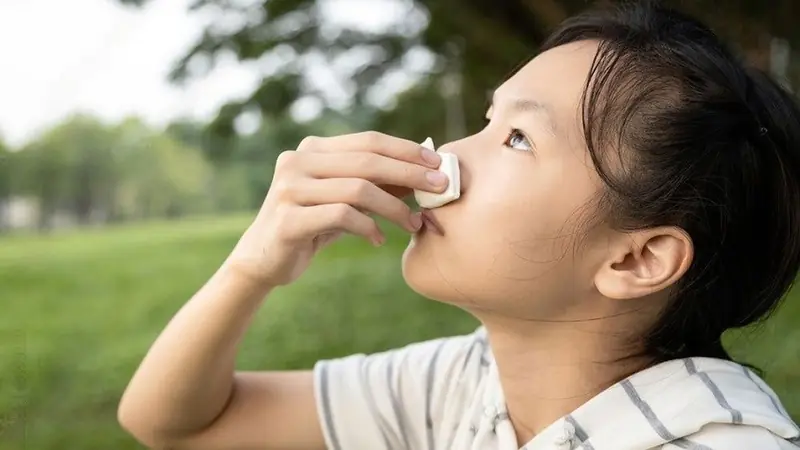
3 Vegetables Japanese People Eat Often to Stay Youthful and Live Long
3 Vegetables Japanese People Eat Often to Stay Youthful and Live Long — Always Available at the Market and Surprisingly Cheap
One of the secrets to Japanese longevity and youthful health lies in their habit of eating plenty of vegetables every day.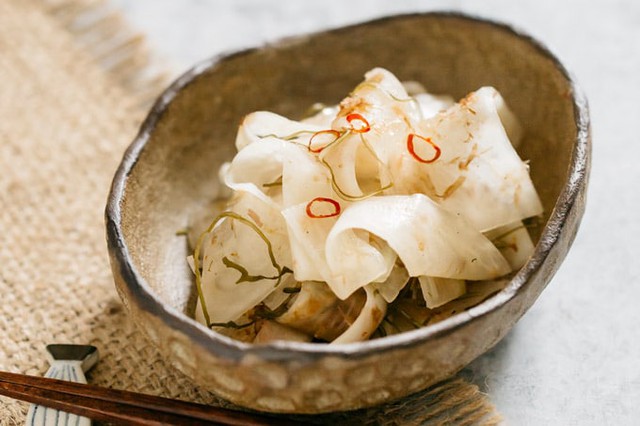
Japan has long been one of the countries with the highest life expectancy in the world. Besides genetics and a high-quality lifestyle, the Japanese secret to long life mainly comes from their daily habits — especially their diet and the way they use food.
People in the Land of the Rising Sun deeply understand the health benefits of each ingredient and incorporate them into everyday meals. In particular, they tend to combine various nutrient-rich vegetables and eat in moderation.
According to nutrition experts, below are 3 types of vegetables most commonly found in Japanese meals, which are also widely available — and very affordable — in Vietnamese markets.
1. Seaweed
Seaweed is a staple in Japanese cuisine, featured in many daily dishes. It’s especially popular among residents of Okinawa — known as the “island of longevity,” where many people live past 100. The Japanese believe seaweed helps detoxify the body, support digestion, and strengthen the immune system, keeping the body cool and balanced, especially in summer.
According to research from the U.S. National Library of Medicine (PMC), certain seaweed extracts can regulate aging-related pathways and may even extend lifespan. Dr. Frank Lipman also highlights that seaweed is rich in antioxidants that reduce inflammation and support heart, brain, and gut health — key factors in slowing down aging. Moreover, bioactive compounds in seaweed can enhance SIRT1, a protein linked to longevity and anti-aging.
Japanese women often add seaweed to miso soup or salads to keep their skin smooth and wrinkle-free, thanks to its hydrating and antioxidant properties.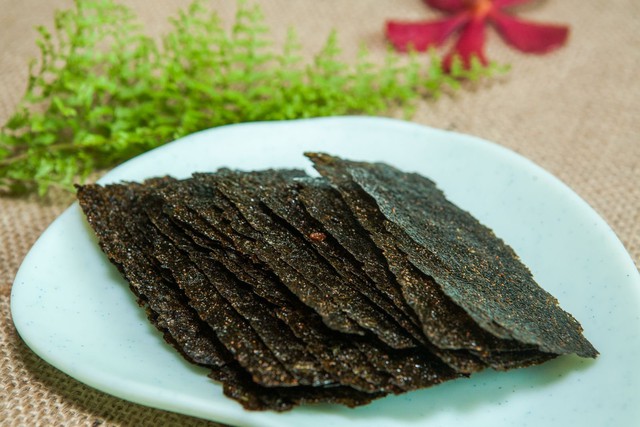
2. Purple Sweet Potatoes
Purple sweet potatoes are commonly mashed or roasted in Japanese cuisine. They’re a key part of the Okinawan diet, known to promote long life, cooling the body while providing steady energy. Rich in fiber, they help control weight and improve digestion.
According to PubMed, purple sweet potato extract may extend lifespan by promoting autophagy (cellular cleanup) and enhancing stress resistance. Healthline notes that they’re high in anthocyanins, powerful antioxidants that protect against heart disease, cancer, and aging. EatingWell adds that these compounds reduce inflammation and guard against age-related conditions thanks to vitamin C and fiber.
The Japanese often roast or mash purple sweet potatoes to eat as a snack or side dish — a simple way to rejuvenate skin and prevent early wrinkles by boosting cell regeneration.
3. Daikon Radish
Daikon (white radish) is a common ingredient in Japanese cooking, often pickled or sautéed. It’s known for its cooling properties and ability to help the body detoxify. The Japanese include it in soups, stews, and pickles for its health benefits.
According to Healthline, eating daikon can help maintain a healthy weight and protect against heart disease and cancer. Clinikally points out that daikon seed oil has anti-aging effects, helping reduce wrinkles thanks to vitamin C and antioxidants. WebMD also reports that daikon is rich in vitamin C, which fights inflammation and boosts the immune system.
In Japanese meals, daikon is often used to ease bloating and aid digestion — small benefits that, over time, contribute to overall health and longevity.
News in the same category

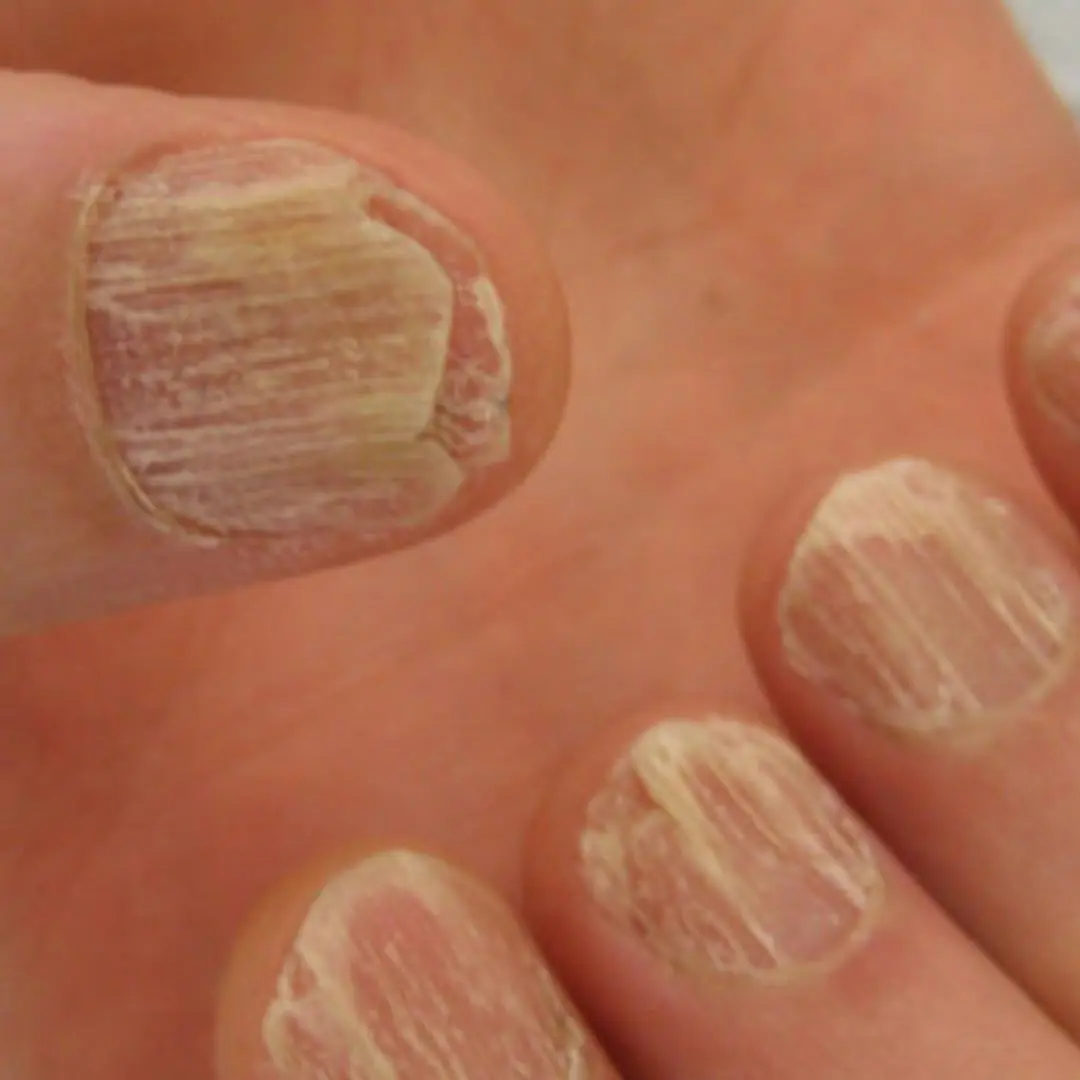
9 Alarming Nail Changes That Reveal Hidden Health Problems — Watch for White Nails and Black Borders

Tofu Is Nutritious and Healthy — But These 4 Groups Should Avoid It
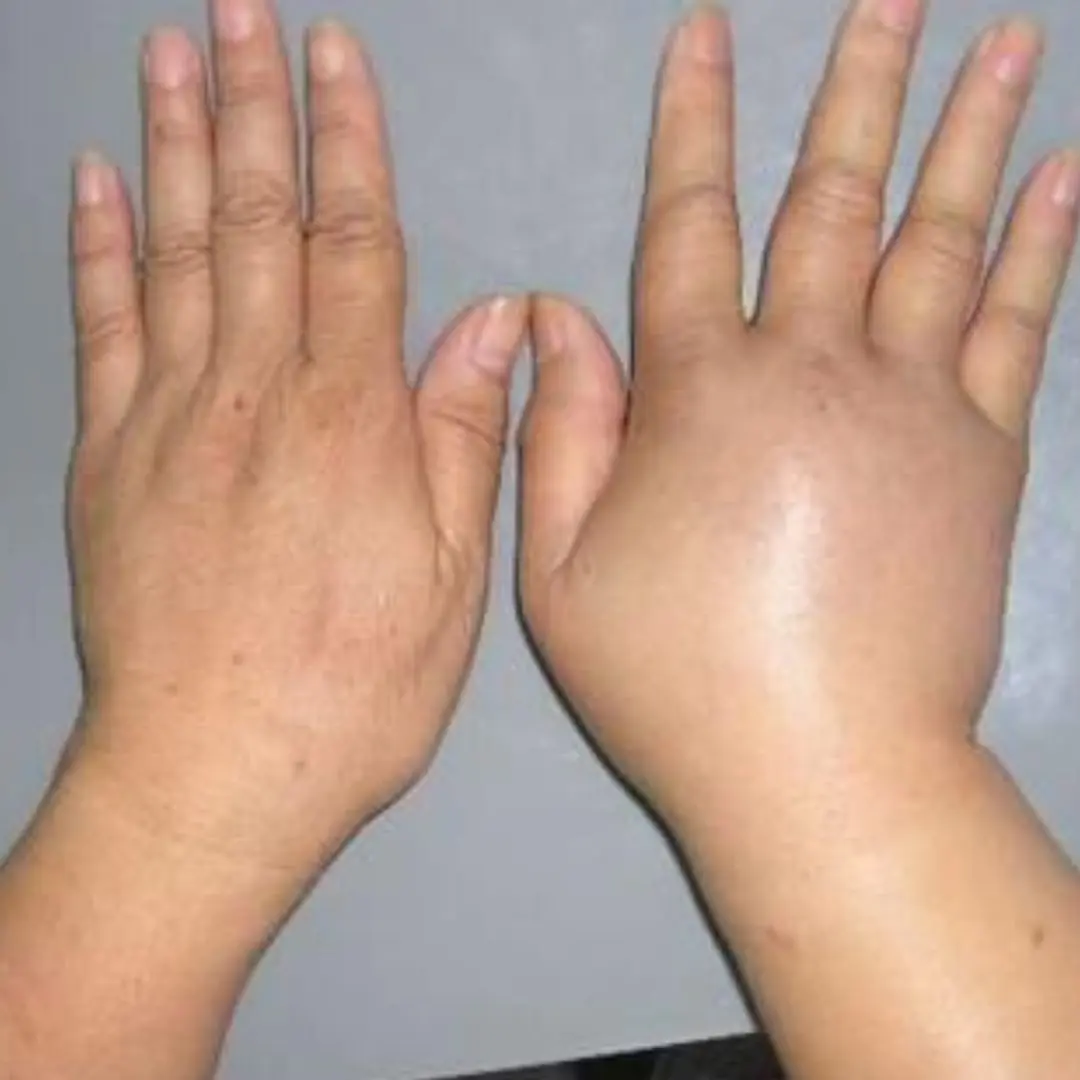
Waking up with swollen hands in the morning could be due to arthritis or some other underlying health problem that needs immediate treatment.

5 warning signs of cancer developing in the body
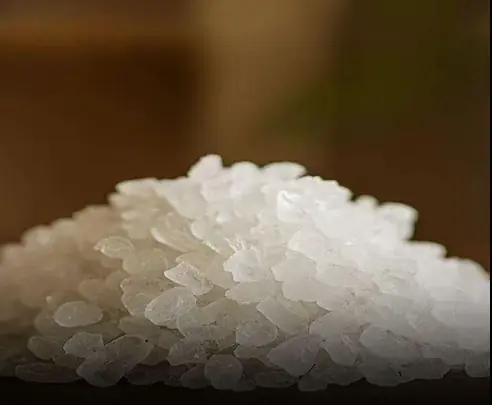
This One Superfood Could Tackle Major Health Issues—Here’s What You Need To Know

Nighttime Leg Cramps: When to Worry and Seek Medical Help

You Should Never Ignore These 9 Things Your Fingernails Reveal About Your Health

4 Things You Should Never Say At A Funeral — No Matter What
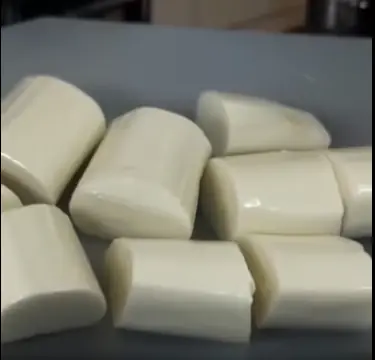
Over 200 People Are Killed By The “World’s Deadliest Food” Every Year, But Almost 500 Million People Still Eat It

Scientists May Have Actually Found One Of The Causes Of Autism

6 foods that silently drain calcium from the body, the more you eat, the weaker your bones become
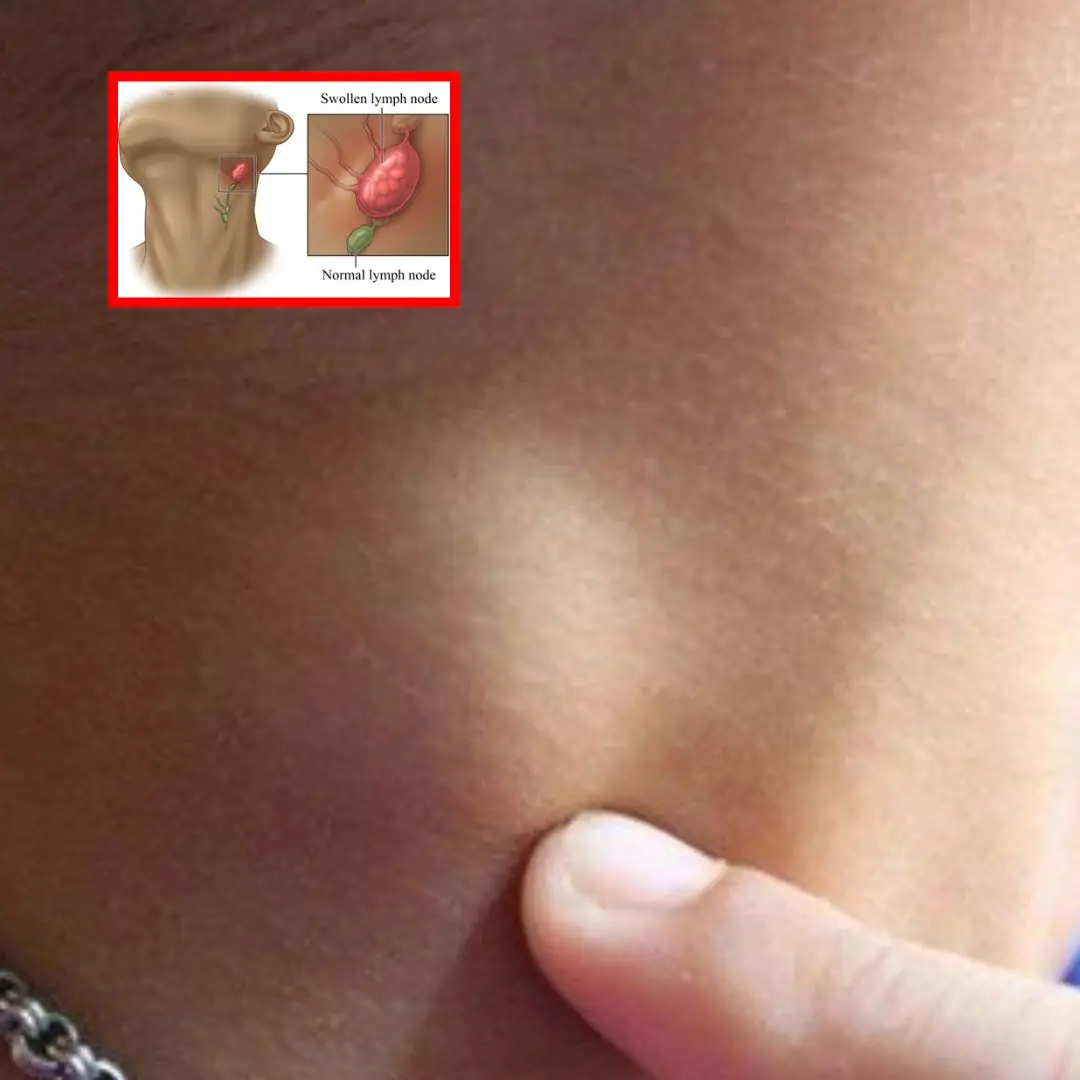
Swollen Lymph Nodes in the Ne.ck - Here's When You Need to Worry

7 Signs of Mini Stroke in The Elderly
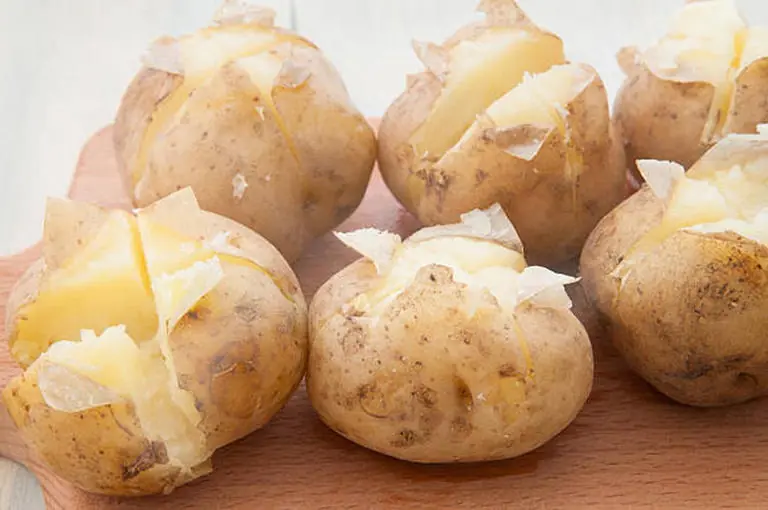
5 Reasons to Redeem the Potato’s Reputation: Not Fattening, but Heart-Healthy

You should never ignore these 9 things your fingernails reveal about your health

10 war.ning signs pancreatic can.cer could save your life

These s.h.o.c.king warning signs of kidney failure shouldn’t be ignored

25-Year-Old Woman Beats Li.ver Can.cer: “5 Foods You Must Avoid No Matter How Much You Crave Them”
News Post

4 Warning Signs That Can.cer May Be “Knocking at Your Door”

Former Flight Attendant Reveals 3 Things You Should Never Order on a Plane

People Are Desperately Searching for It — But Only a Few Know Where to Find It!

Don’t Let Your Gold “Lose Value”: 4 Things You Must Do to Keep It Worth Its Price

Be careful when buying cooking oil: If it has these 3 words, no matter what brand it is, it is "mixed oil"

9 Alarming Nail Changes That Reveal Hidden Health Problems — Watch for White Nails and Black Borders

I Baked a Cake for My Daughter's 9th Birthday – My Little Girl Found It Destroyed on Her Celebration Day

My Husband's Mistress Accidentally Sent Me Her Photo in My Robe – I Was Broken, But a Revenge Plan Started Forming in My Mind

My Grandson's Fiancée Shamed Me Publicly for Giving a Handmade Gift for Their Wedding – Then Someone Grabbed My Hand Very Hard

Why hotels receptionists always say no rooms available when a couple arrives late at night, turn out this is the reason revealed by veteran staff
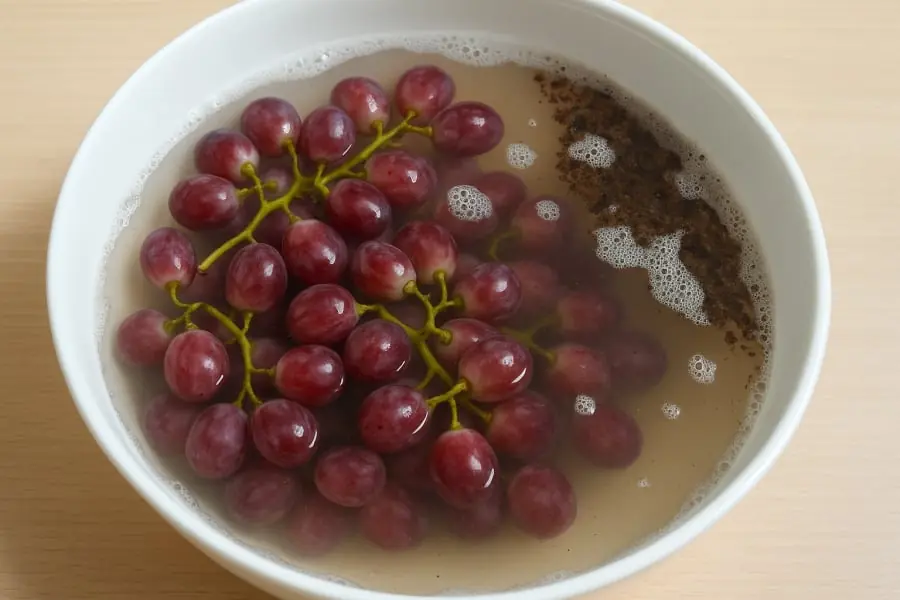
The Mistake of Washing Grapes with Salt or Baking Soda=

Tofu Is Nutritious and Healthy — But These 4 Groups Should Avoid It
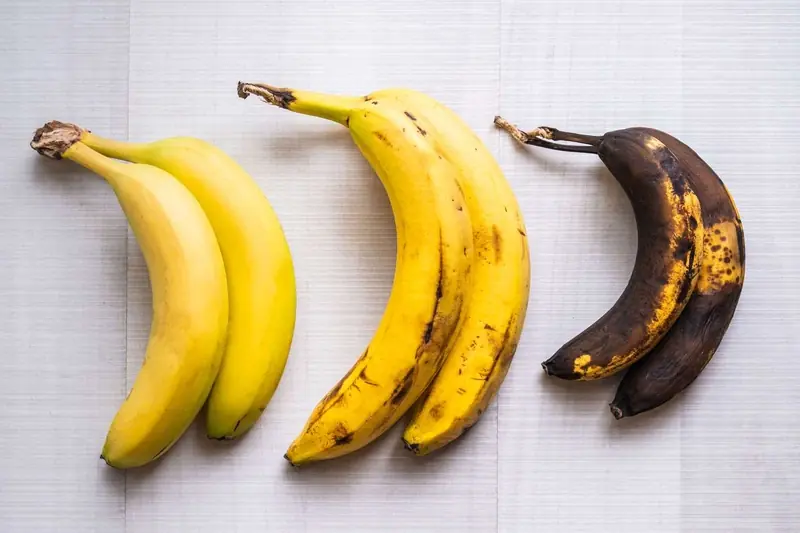
Keep Bananas Fresh for 2 Weeks by Storing Them Here — Not in the Fruit Bowl

When the “Promised Land” Turned into Hell: The Story Behind the 1861 Tragedy

Waking up with swollen hands in the morning could be due to arthritis or some other underlying health problem that needs immediate treatment.

5 warning signs of cancer developing in the body

Depressing find at the bottom of the Mariana Trench is a warning to the world

This One Superfood Could Tackle Major Health Issues—Here’s What You Need To Know
